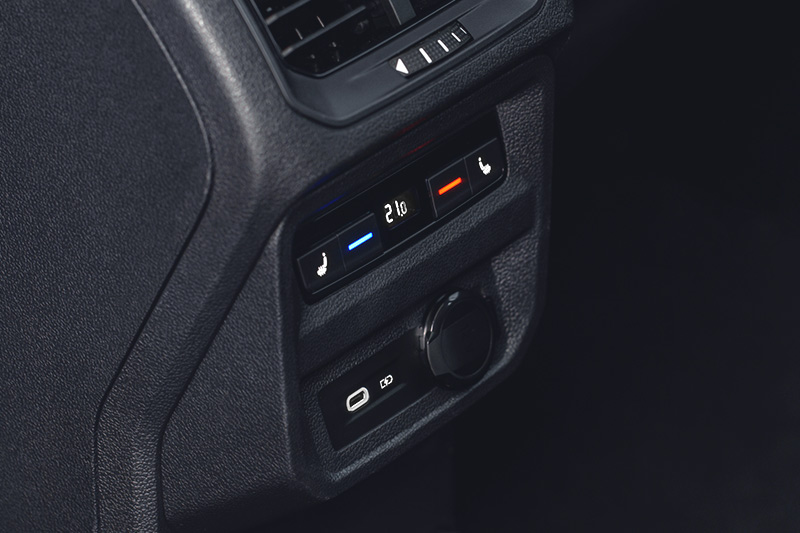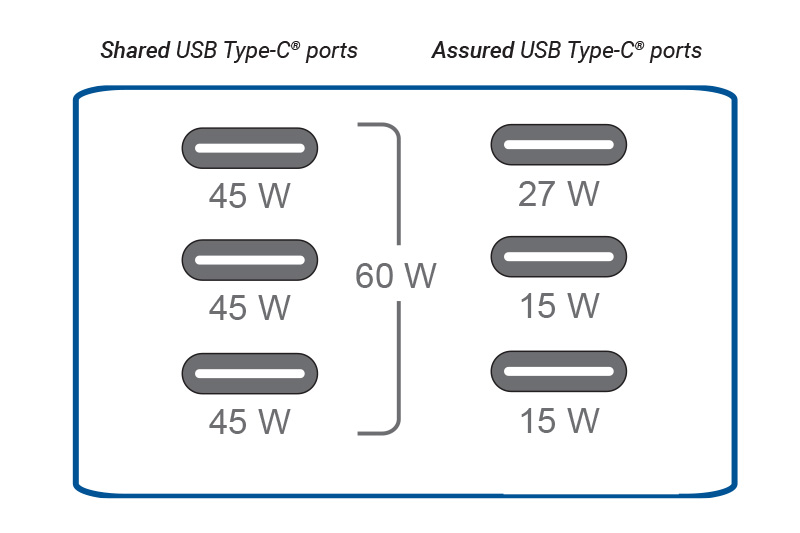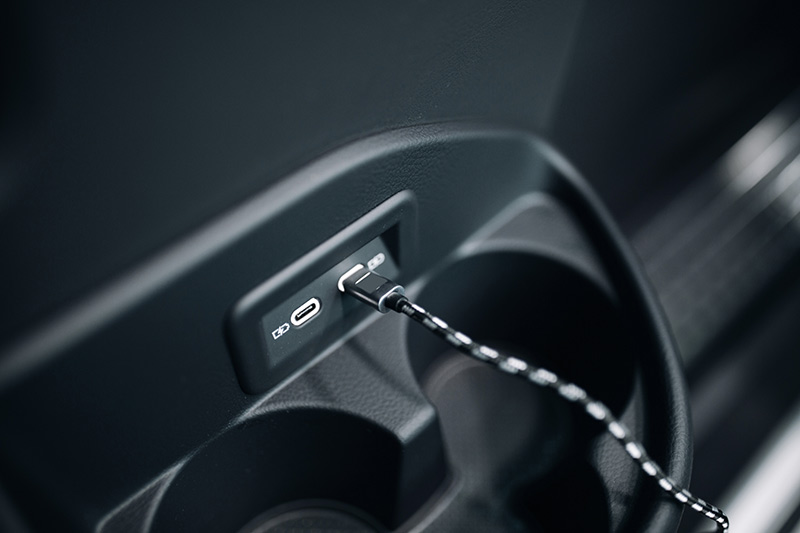SSZTD29 March 2024 TPS25772-Q1

USB Type-C® continues to be found in a widening spectrum of power delivery and connectivity applications, though it is largely known as the new, faster charging standard for laptops, tablets and smartphones. The speed and efficiency of USB Type-C is remarkable: a single USB Type-C connector can support up to 240W (48V and 5A) of power with the evolution of the USB Power Delivery (USB PD) R3.1 specification, a significant improvement from 7.5W (5V and 1.5A) in USB Std--A connectors.
The adoption of USB Type-C is no coincidence, with mandates developed and implemented by the European Union, India, Brazil and Korea, all of which require portable personal electronics to charge through a USB Type-C port.
As more consumer devices support USB Type-C and USB PD, the need for USB Type-C and USB PD in automotive applications is also increasing. Consumers want to fast charge their devices over USB Type-C cables and project their GPS displays, music players and even movies, all in their cars. The number of USB Type-C ports is expected to increase from two ports per car to four ports per car for vehicles starting production in 2025. You might already be able to find USB Type-C ports in a car’s head unit, front seat chargers, rear seat chargers and rear seat displays.
“Many people are now benefiting from the widespread availability and versatility of USB Type-C, which is becoming the go-to solution for connecting to a growing range of technology beyond personal devices,” said USB Implementers Forum president and COO Jeff Ravencraft. “From effortlessly connecting to their preferred vehicle to seamlessly interfacing with their phone or other devices, USB Type-C delivers an efficient, interoperable and hassle-free experience, simplifying the way consumers interact with their technology everywhere."
When you look at the applications of USB Type-C in an automotive context, there are a number of considerations. Convenience and flexibility of ports are particularly important to easily interface a device for charging, data communication, or both. The number, proximity and performance of ports are all managed by what is known as source power policy management (SPM). Additionally, SPM integrates the configuration of ports and their ability to operate under a variety of conditions, considering input voltages, temperatures and power allocations across multiple ports (see Figure 1, as an example).
 Figure 1 USB PD Power Share across
multiple ports
Figure 1 USB PD Power Share across
multiple portsThe TPS25772-Q1 is a dual-port variant of TI’s USB PD controller product family. It integrates one buck-boost to provide power supply for the first port and offers an interface to control an external buck-boost converter that serves as the voltage and current supply for the second port. On the TPS25772-Q1, all control happens on a single USB PD controller that is integrating SPM. There are a number of knobs that you can control to direct how the charger is designed and behaves. Creating a custom configuration is as easy as answering a few questions or changing a few resistor values.
Size and cost are important, too. USB Type-C uses an even slimmer connector – only 2.4mm high – that enables the increased miniaturization of industrial products. This connector also fits the small space requirements of USB boxes in cars. Being able to fit these applications into very small form factors and staying cost-efficient are high priorities in automotive designs, shown in Figure 2.
 Figure 2 Small form factor of dual USB
Type-C ports for charging
Figure 2 Small form factor of dual USB
Type-C ports for chargingTI USB PD controllers are fully integrated with the power path and buck-boost converter. The all-in-one chip solution helps improve the efficiency and power density of automotive USB products.
The implementation of USB-C ports in automotive is entering a phase of not only power delivery but also data connectivity. Not all ports located throughout the cabin of the automobile have to operate in the same way. Throughout the cabin, some may offer higher levels of charge capability, data transfer and in the future, USB DisplayPort™ Alternate Mode (project source to a display) or USB4® which tunnels DisplayPort™ Revision 2.1 directly.
These are all flexible configurations, and as a designer, you want solutions that work best for your needs as regulations and market demand increase. Through novel hardware designs and feature integration, we can help you ease the barrier of entry for USB Type-C.
Additional resources
- Learn about TI’s approach to USB Type-C: The universal connector of the future
- Read the white paper: A primer on USB-C and USB Power Delivery applications and requirements